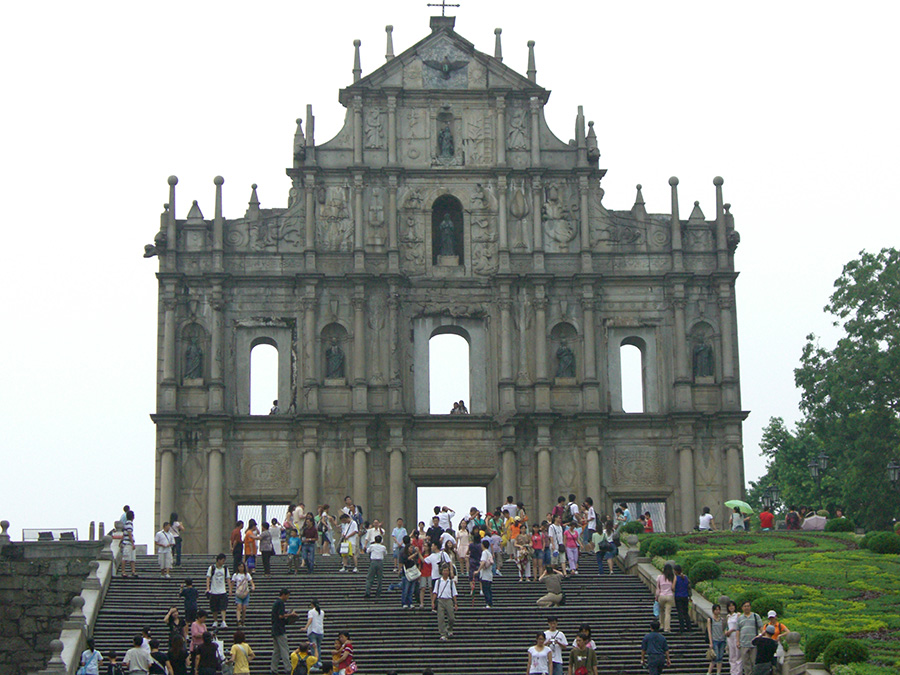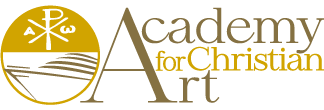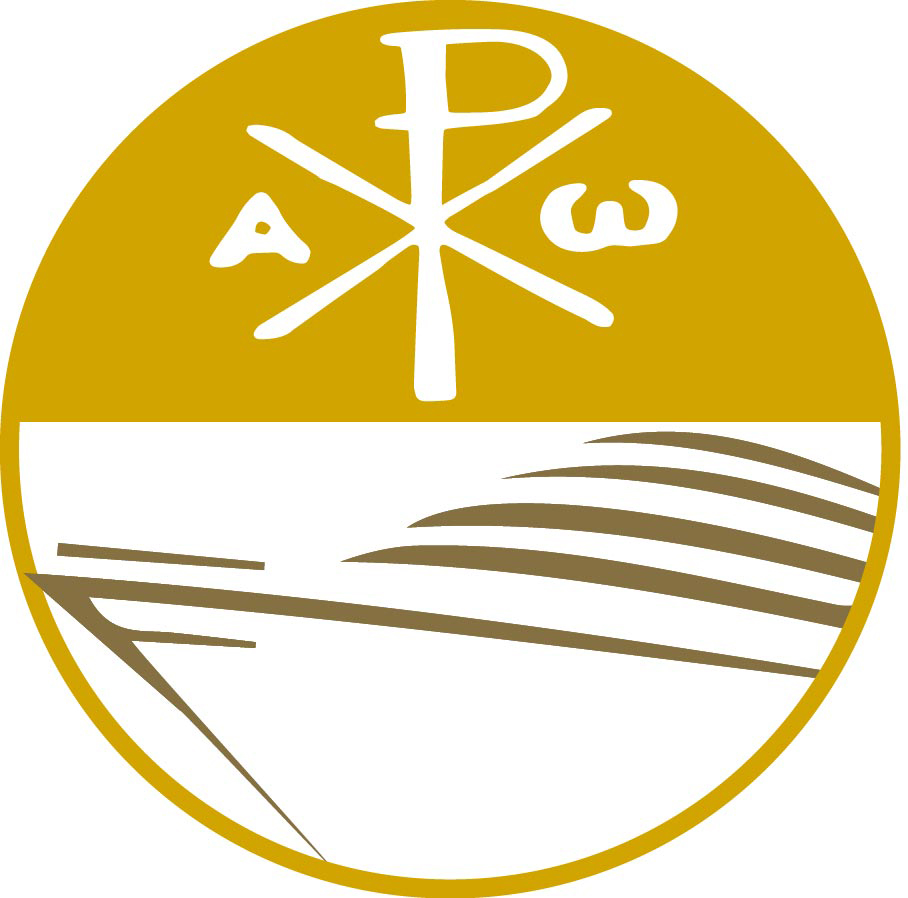
23 Oct The Ruins of Saint Paul Church – Macao
Macao has been Portuguese territory from approximately 1555 until 1999 when it was handed over to China. Situated at about an hour boat-ride from Hong-Kong this small peninsula used to be an important trading post where the Portuguese carried out a lucrative commerce between China and Japan.
Until the closing of Japan in 1640 Macao was also the threshold of Jesuit missionary activities towards China and Japan. All missionaries on their way to China or Japan spent some time in Macao. At the end of the sixteenth century the indefatigable Italian Jesuit Alessandro Valignano ordered the construction of an important architectural complex combining a college and a church. In 1835 a fire destroyed the buildings.
The many tourists who climb the steps leading to the ruins of the church can see the foundations of the college and the statue of Mateo Ricci. But nothing to recall Alessandro Valignano. The fame of Mateo Ricci has outshone Valignano. Yet in his position of visitor of the Jesuit missions in the Indies Valignano was the mastermind of the Company both in China and Japan. He had planned the college in Macao as a center of higher learning for Jesuit students coming from Europe, China and Japan. The ruins of the façade of Saint Paul Church are all that remains from his powerful vision.
The decorative patterns scattered on the five levels of the baroque façade of the church are both Oriental and European as well as Christian and secular. The lower level consists of three doors. Over the central door the Latin inscription Mater Dei reminds us that in the seventeenth century the church was dedicated to the Mother of God. The other doors include the Jesuit emblem HIS. On the second level, on either side of the hollow windows four niches house the statue of Jesuits saints: Ignacio de Loyola, Louis Gonzaga, Francis Xavier and Francis Borgia. The windows are flanked with local foliage patterns and Japanese chrysanthemum. Japanese artists trained in the Jesuit school of art in Nagasaki who had left Japan after the ban on Christianity in 1614 took part in the decoration of the church.
The third level offers the most striking example of mixed patterns. The central niche houses a statue of the Virgin Mary flanked by angels playing music. The role played by the Virgin Mary in the struggle against evil is translated by the western motif of the seven-headed hydra and the oriental motif of the dragon. This third level also features the big Portuguese boat or nau, the source of so much wealth for Macao. In contrast the artists also carved a corpse as a reminder of the human destiny. On the fourth level the instruments of the Passion of Christ surround another statue of the Virgin Mary. Inside the pillars on both side of the statue we can notice a statue of Saint Peter and Saint Paul, the founders of the Church of Rome. On the fifth level the stars, the sun and the moon surround the dove representing the Holy Spirit.
Now a world capital of gambling, Macao offers to the visitors a few memories of the commercial and missionary enterprises of the Portuguese in Asia four hundred years ago.

